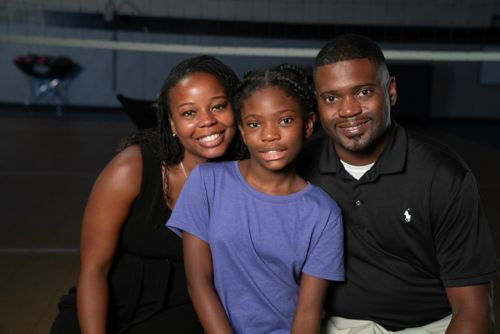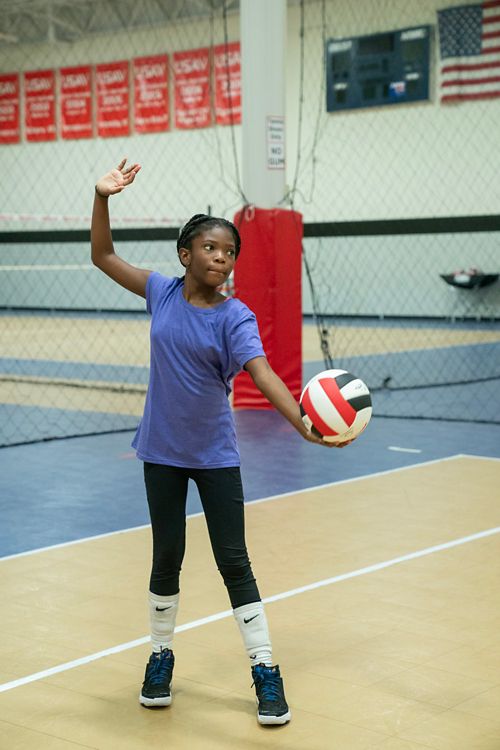‘Keep a Close Eye’ But Don’t Let Sickle Cell Disease Overwhelm

The Allen family.
Kenneth and Tornisha Allen knew there was a 1 in 4 chance their daughter McKenley would be born with sickle cell disease.
This serious blood disorder happens when a child inherits a sickle cell gene from both parents. Kenneth and Tornisha each have a copy of the gene. McKenley has 2 other siblings, and neither has sickle cell disease.
But life did not turn out that way for McKenley. Tornisha remembers the phone call from the doctor telling her that their baby had sickle cell disease. Newborns are tested for sickle cell disease and certain other diseases shortly after their birth at the hospital.
“After the doctor hung up, McKenley let out this really loud scream,” Tornisha says. “It put me into panic mode. Is it sickle cell-related? Or was this just a new baby crying?”
Tornisha was nervous. Kenneth was worried. He wondered how sickle cell disease would affect McKenley’s life. They wanted to do whatever they could to make her childhood as normal as possible.
Sickle cell disease gets its name from the hard, sickle-shaped blood cells that form in the bloodstream of people with the disease. (A sickle is a banana-shaped farm tool.) Healthy red blood cells are soft and round and move easily through the body. Hard, sickle-shaped cells can get stuck and cause serious symptoms such as severe pain, frequent infections, and stroke.

McKenley Allen competes on 2 volleyball teams.
Managing sickle cell disease
From the beginning, Kenneth and Tornisha wanted McKenley to be as independent as possible. “We had conversations with our doctors to learn what symptoms were sickle-cell related and which were non-sickle cell,” Tornisha says. “We read a lot, talked to doctors, and allowed McKenley to reach her milestones as a baby and toddler. We had to let her grow up and have the normal fun any child would have. We kept a close eye on her but still kept a little distance.”
The couple advises parents to educate their children early about their disease and how to manage it.
“The more we talked with McKenley about her diagnosis, the more she was able to share information with her caregivers outside the home,” Kenneth says.
Today, McKenley, 12, is active in volleyball and plays the flute. Pain is a frequent symptom. She manages it with medication and a heating pad.
“If I have a pain crisis when I’m playing volleyball, I just tell my coach,” McKenley says. “I sit out and watch my team and cheer them on. I take ibuprofen. I would like to tell other kids who have sickle cell disease that there’s nothing to be afraid of. You just have to make sure that you are aware if you have a pain crisis and not to be scared to tell someone about it.”
Support from others
The Allens also advise families to work with the support staff at their treatment center. For example, school liaisons can help families work with teachers and administrators. Social workers can assist with paperwork, such as the Family Medical Leave Act (FMLA), which allows caregivers to take time off from work to care for family members.
The Allens say it is important to trust your child and to let them make their way in life.
“Let your child reach their capabilities and their highest potential,” Kenneth says. “Only they can tell you what their highest potential is and what their goals are. Trust the process because what they can do is unlimited.”





